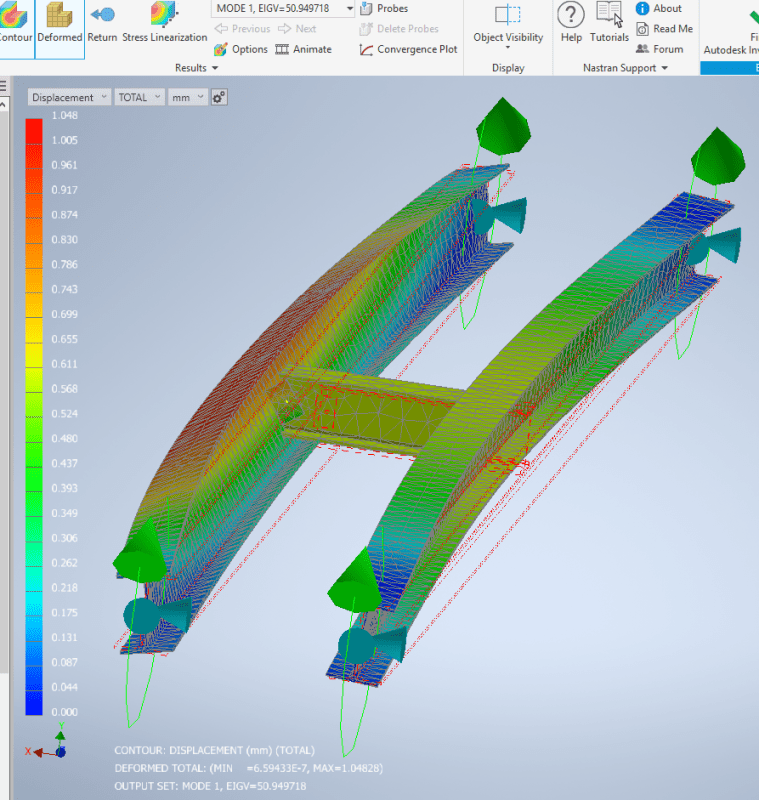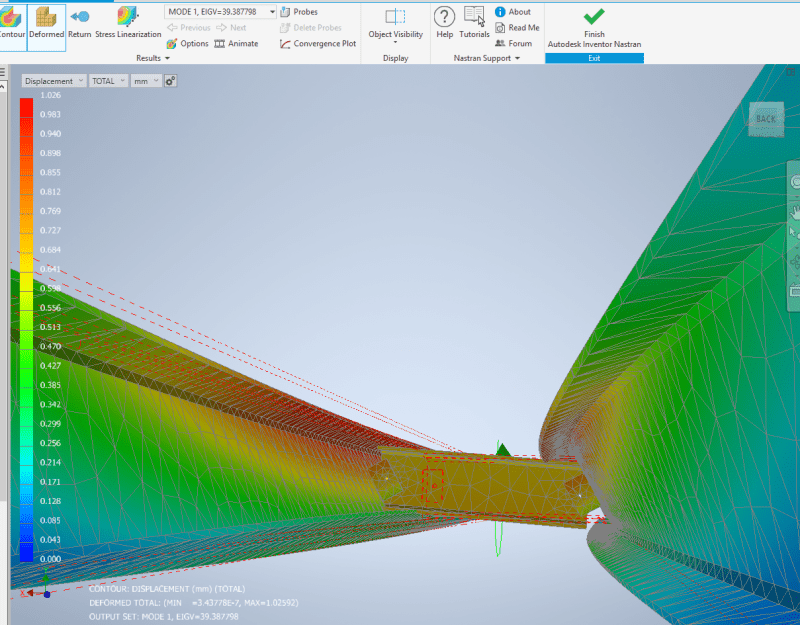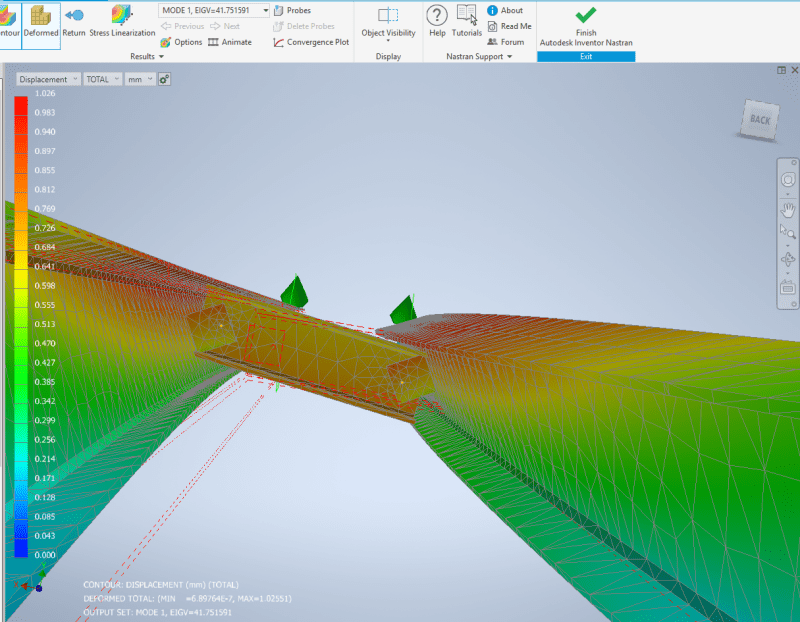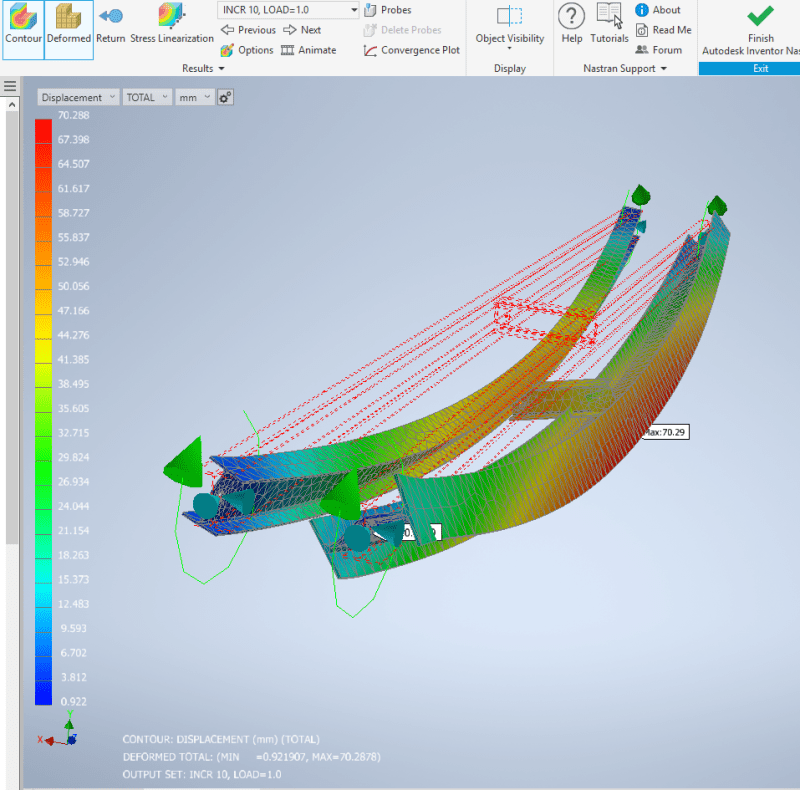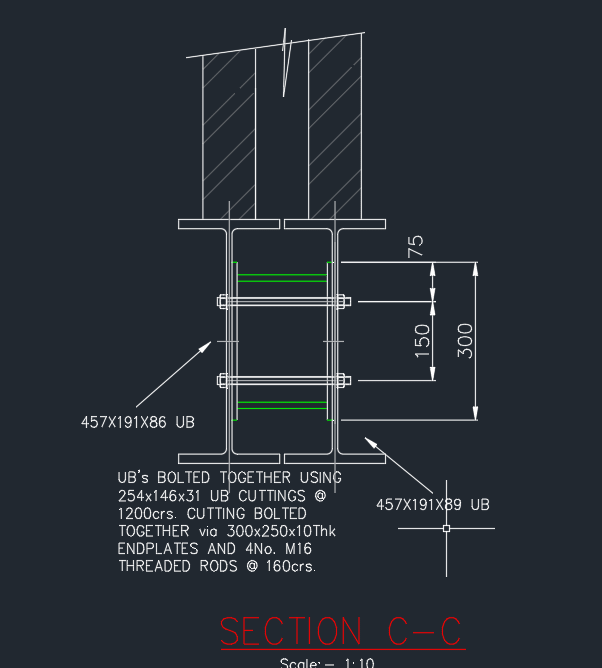Luke2020
Civil/Environmental
- Jun 4, 2020
- 11
Hi all-
I have a twin beam scenario supporting blockwork and brickwork above.
A typical detail is to connect these twin beams with UC offcuts, welded to one beam and bolted to the other.
If these are spacaed at say 1m cc. does that reduce the effective length to 1m?
or will they assit with load share
or both?
I have had a user friendly document in the past covering this but i cant find it again.
discssion will be appreciated
I have a twin beam scenario supporting blockwork and brickwork above.
A typical detail is to connect these twin beams with UC offcuts, welded to one beam and bolted to the other.
If these are spacaed at say 1m cc. does that reduce the effective length to 1m?
or will they assit with load share
or both?
I have had a user friendly document in the past covering this but i cant find it again.
discssion will be appreciated

